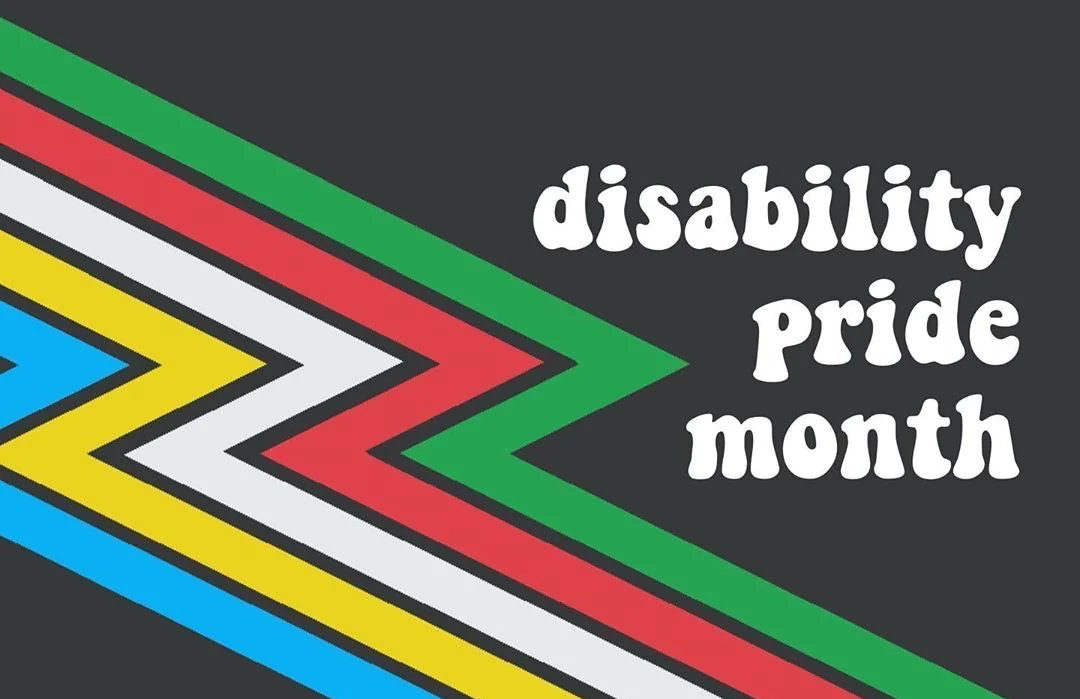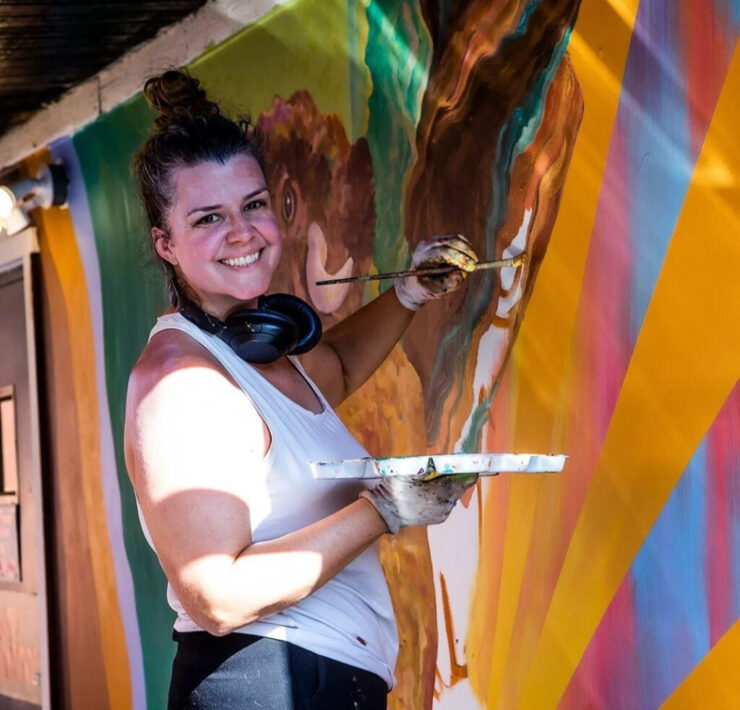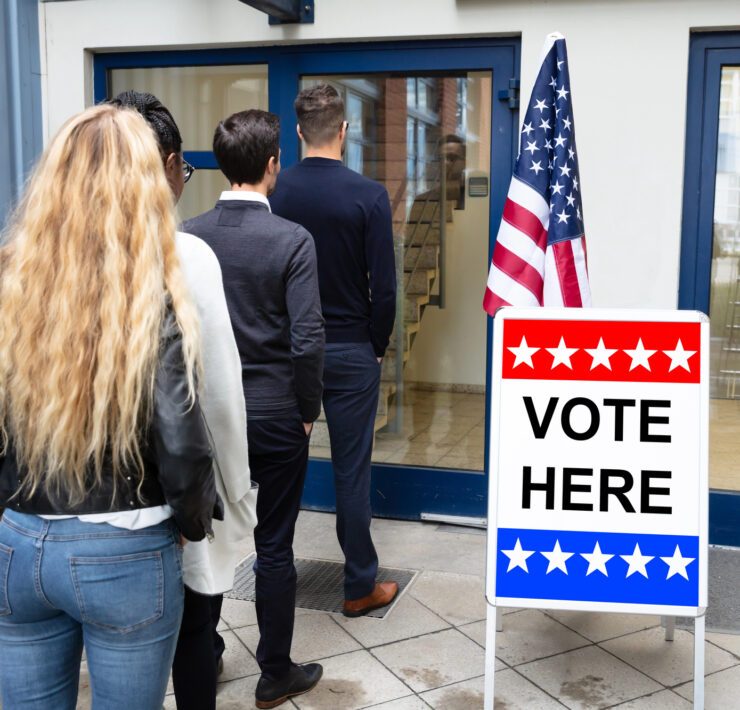Disability Pride Month Celebrates Differences and Diversity

Anne Hebert was born and raised in Denver, CO. She…
July is Disability Pride Month, which recognizes and celebrates disabilities as an integral part of what makes those who have them unique.
“We don’t want your pity. We want your pride,” says Anthony Rios, who recognizes that his blindness makes him different, not disabled. The disability community has begun to rewrite the narrative by raising awareness of disabilities as a diversity issue and a fundamental part of the human story.
July was designated as Disability Pride Month in July 1990, the same year that President George H.W. Bush signed a landmark law prohibiting the discrimination against people with disabilities. That same year, Boston held its first Disability Pride Day. While Disability Pride Day is not nationally recognized, parades are held in Los Angeles, New York City, San Francisco, San Antonio, and other locations nationwide. In 2015, New York Mayor, Bill de Blasio declared the month of July Disability Pride Month to celebrate the Americans with Disabilities Act’s (ADA) 25th anniversary.
The Disability Pride Flag is a recognizable symbol of new awareness helping to shape and motivate societal attitudes toward recognizing that the disabled community can be a driving force of possibility. The black field on the flag represents disabled people who have lost their lives due to illness, negligence, suicide, and eugenics. The colors represent a different aspect of disability or impairment—Red represents physical disabilities; yellow is for cognitive and intellectual disabilities; white represents invisible and undiagnosed disabilities; blue represents those with mental illness, and green is for sensory perception disabilities.
According to America’s Disability Community, the month is a chance to honor each person’s unique individuality as a “natural and beautiful part of human diversity.” As a part of the movement to celebrate differences, disability advocates are urging people to stop using the term “special needs” to describe people with disabilities. A common experience among disabled individuals is having grown up defined by this term and feeling as though their disability was a burden deserving the sympathy of others rather than an accepted difference.
Whether disabilities are present at birth or acquired later in life, a common experience is to feel marginalized and unseen. Disabled people often suffer from a lack of representation and understanding from those without disabilities.
Colorado six-time Olympic gold medal-winning swimmer Amy Van Dyken Rouen, who was injured in an ATV accident and paralyzed from the waist down, offers her Instagram followers a series of “teachable moments.” By pointing out common challenges and barriers that disabled people face in daily life, Van Dyken Rouen brings awareness to simple solutions that help make day-to-day living easier. In doing so, Van Dyken Rouen helps redefine disability and normalize life with one.
Disability Pride Month is a reminder of the power of social change, and a lens through which to see disability as an approach to solutions that can have a powerful impact on our culture. New awareness is helping shape attitudes and motivating society to recognize that the disabled community can be a driving force of possibility.
What's Your Reaction?
Anne Hebert was born and raised in Denver, CO. She attended Manual High School and the University of Denver. In addition to writing, Anne has worked in music video production and loves music of all genres.










